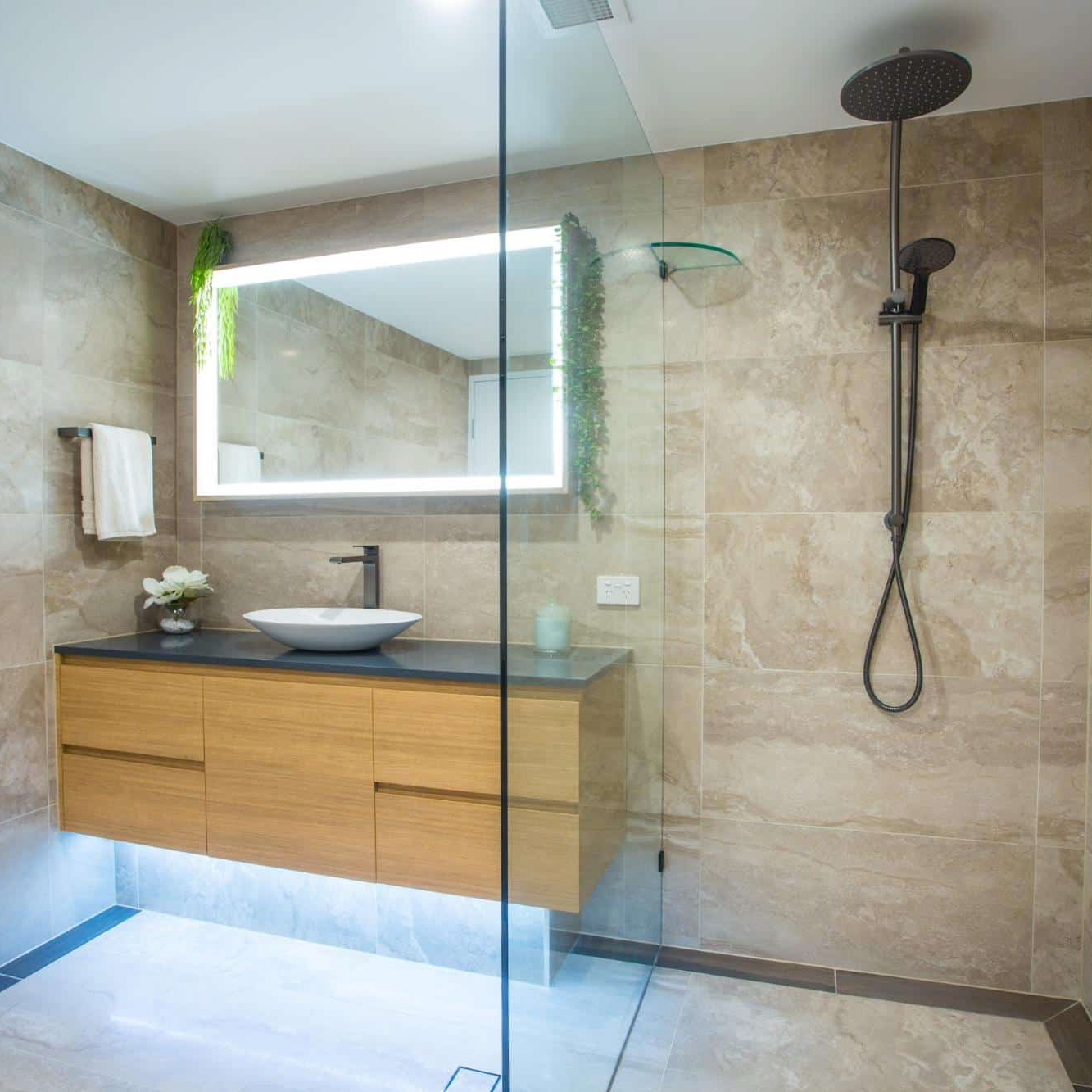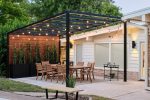Introduction
When it comes to decorating your home or office, lighting fixtures play a crucial role in setting the atmosphere and mood of your space. Among the many options available in the market, Tiffany light fixtures have remained a classic choice for homeowners, interior designers and architects, thanks to their unique beauty and craftsmanship. In this article, we will explore the history of Tiffany lighting, the manufacturing process of these fixtures, and their various applications in modern spaces.
History of Tiffany Light Fixtures
Tiffany light fixtures take their name from their creator, Louis Comfort Tiffany, who was an American artist and designer born in 1848. Tiffany was known for his contributions to the Art Nouveau movement, which was characterized by fluid lines, organic forms, and colorful designs inspired by nature. Tiffany was also the son of the founder of the famous jewelry store Tiffany & Co.
In the late 19th century, Tiffany began experimenting with stained glass techniques, inspired by medieval European architecture. He developed a new type of stained glass using opalescent glass, which he patented in 1894. Tiffany’s stained glass soon caught the attention of wealthy clients who commissioned him to create custom-made windows and lampshades.
Tiffany’s lampshades were made by layering small pieces of glass together, held in place with copper foil, and then soldered together. The lampshades featured intricate designs with bold colors, floral motifs, and geometric patterns. The bases of the Tiffany lamps were also beautifully crafted, often made of bronze or other metals.
Manufacturing Process
Today, Tiffany light fixtures are still made using many of the same techniques that Tiffany himself used over a century ago. However, the manufacturing process has improved thanks to modern technology and machinery.
The first step in making a Tiffany light fixture is to create a design. This can be done by hand-drawing or using computer software. The design is then transferred onto a sheet of paper or plastic, and each piece of glass is cut to size and shape using a glass cutter.
Once all the glass pieces have been cut, they are cleaned and arranged in the desired pattern. Copper foil is then wrapped around each piece of glass, and the foiled pieces are soldered together.
Finally, the lamp base is constructed, and the stained glass shade is fitted onto it. The completed Tiffany light fixture is then polished and cleaned to bring out its shine and beauty.
Applications of Tiffany Light Fixtures
Tiffany light fixtures are versatile and can be used in a variety of spaces and settings. Here are some examples of their applications:
– Living rooms: A Tiffany floor lamp can add a warm and inviting feel to a living room, serving as a focal point in the space.
– Bedrooms: A Tiffany table lamp on a bedside table can create a cozy and peaceful atmosphere, perfect for reading and relaxing.
– Restaurants: Tiffany pendant lights can be used in restaurants to provide soft lighting and a classy atmosphere.
– Offices: Tiffany desk lamps can add a touch of elegance to an office, while providing practical task lighting.
– Churches: Tiffany stained glass windows and chandeliers are common in churches, adding a spiritual and serene ambience to the worshipping space.




